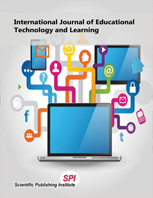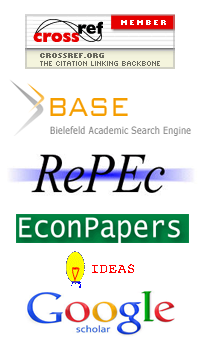Assistive Technologies and Academic Success for Students with Dyslexia: A Literature Review
DOI:
https://doi.org/10.20448/2003.91.52.59Keywords:
Assistive technology, Dyslexia, fixation duration, Livescribe Pen, Modality principle, Multimedia principle.Abstract
According to research, one in ten school-aged children is diagnosed with dyslexia (Shaywitz (2008) as cited in Wang et al. (2018)) and “15-20% of the population as a whole may have symptoms of dyslexia” (Cowen, 2016). With so many students impacted, what does research provide about the assistive technologies available to aide students diagnosed with dyslexia in academic success? This literature review was conducted to determine affordances for students of all ages who could use modern technology to become more successful at reading, writing, spelling, and language comprehension. Helping students succeed in compulsory education could afford students with dyslexia the opportunity for successful academic attainment in higher education. Research indicates “people with dyslexia are vastly under-represented in universities” (MacCullagh, Bosanquet, & Badcock, 2017). The opportunity for all students to have an equitable education should be a fundamental right and the following literature review analyzes the assistive technologies available to allow students with dyslexia to thrive in an educational setting.


